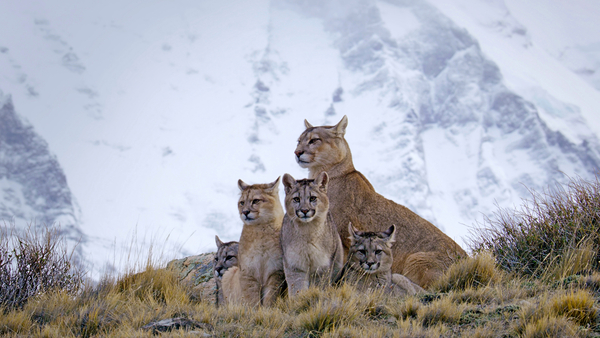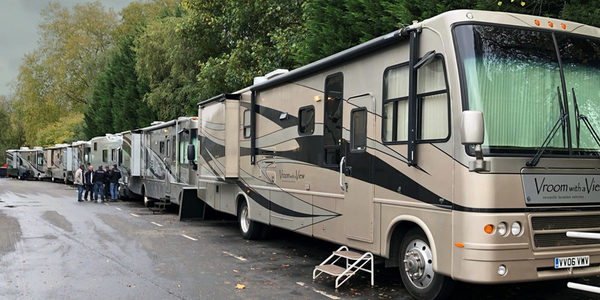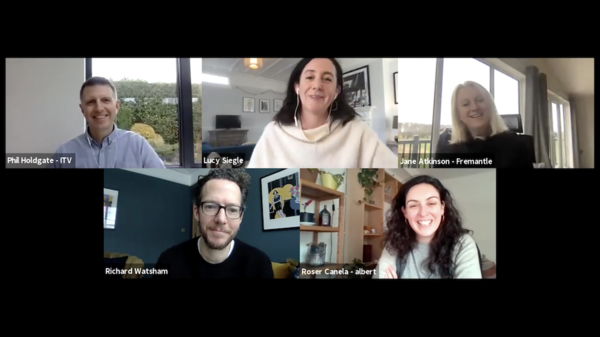Greening wildlife TV
The irony of natural history enjoying a TV golden age while the wildlife it features enters a dark age was not lost on the panel at an RTS event on sustainable film-making in early December.
Natural history is “making huge amounts of money while its subject matter goes extinct” was the succinct summary of Tom Mustill, a producer/director and owner of Gripping Films, which makes campaigning, low-carbon films about the environment.



